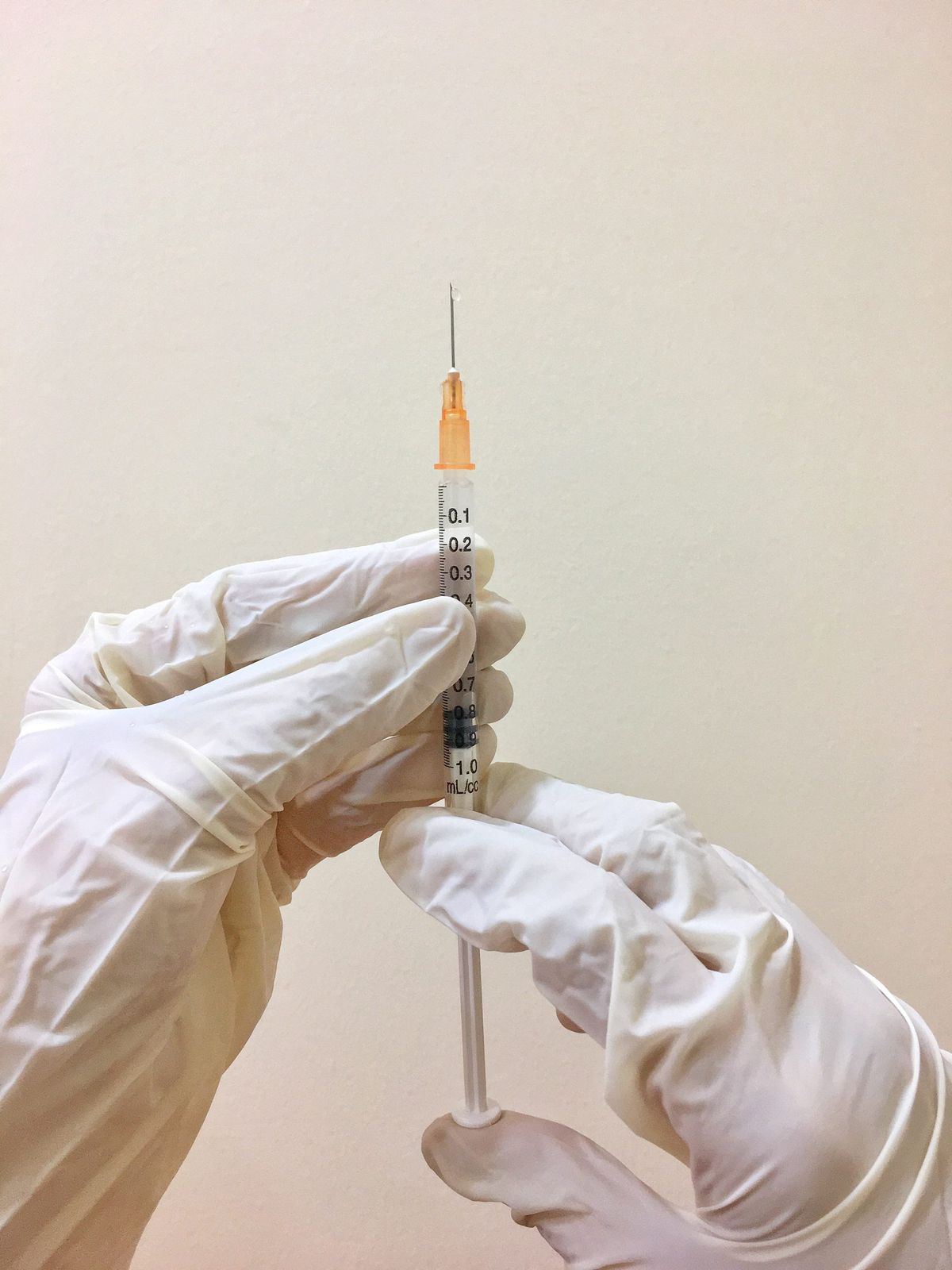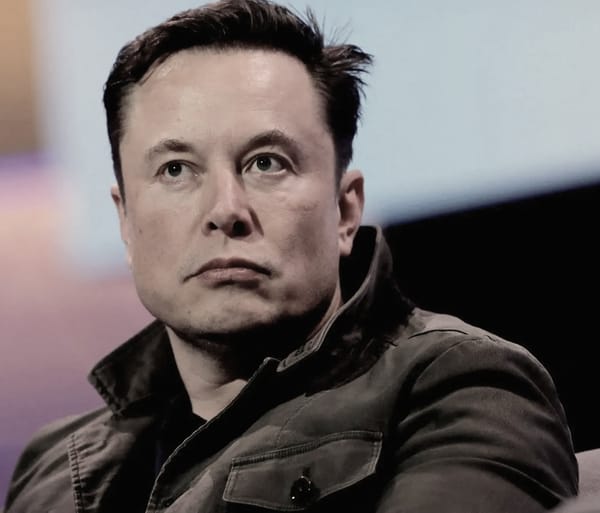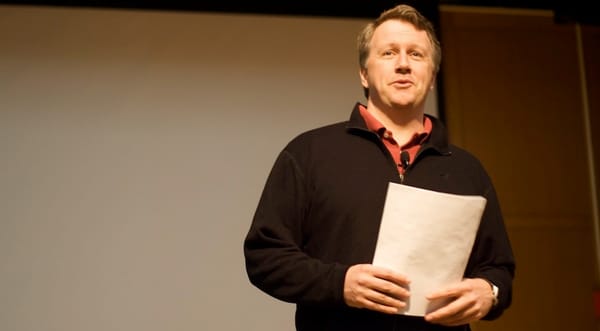What You Need to Know About the Polio Vaccine

The United States (and a large portion of the rest of the globe) has been polio-free for decades as a result of the development of an effective vaccine and the successful vaccination campaign that followed. So, alarm bells went out when a case of polio with paralysis was confirmed in an unvaccinated person from New York in July. Additional wastewater testing revealed polio in several counties in New York, confirming local community transmission. To extend the reach of the vaccine, New York declared a catastrophe in September. Health officials are urging people to vaccinate their children against polio, which may be fatal and paralyze a person everywhere.
There are two types of polio vaccines: oral polio vaccines, which are still distributed in some countries and are particularly effective in areas where there are outbreaks, and inactivated polio vaccines, which haven’t been available in the US for more than 20 years. Health officials may reintroduce an oral polio vaccination, although a newer kind, as a result of the polio outbreak in New York (which is linked to the strain also identified in the UK and Israel). In order to “proactively stay prepared,” a panel that sets recommendations for the US Centers for Disease Control and Prevention convened last week to talk about both polio vaccine varieties. The more recent oral polio vaccine (nOPV2) is not yet approved or advised.
“It will take time. We cannot simply press a button and expect it to emerge overnight “The head of the CDC’s domestic polio programme, Dr. Janell Routh, said CNBC on Friday. The return of an oral polio vaccine in the United States will be a topic of much thought and debate.
The oral polio vaccine has some benefits over the inactivated polio vaccine currently available in the US, including simple administration and the capacity to prevent person-to-person transmission of the virus. However, it also has certain drawbacks, such as the potential to mutate into an infectious form of the virus and, in extremely rare circumstances, to paralyse others who have not received the vaccine. New York is currently experiencing a vaccine-derived strain of polio that is thought to have originated in a different nation that employs oral polio vaccines.
According to evidence presented at a CDC advisory committee meeting, the oral vaccines may be able to further restrict the spread of polio even though the doses we currently receive in the US are effective against it. In the event that polio spreads beyond the area where it is presently prevalent, adding another instrument might improve our ability to handle an outbreak.
But right now, we’re not there. According to Ross Kedl, an immunologist and professor at the University of Colorado Anschutz School of Medicine, polio is not currently a major threat to the US, at least not to people who have received the necessary vaccinations. The bulk of us have all of our childhood vaccinations, and attendance at most schools calls for this.
Where it does cause problems is in areas where vaccination rates are lower than they should be, according to Kedl.
The virus may resurface in areas with lower-than-average vaccination rates, such as Rockland County, where the US recorded instance of polio. By the time they turn two, around 60% of Rockland County kids have received their polio vaccine, according to state health department data. Comparatively, according to the CDC, 92% of 2-year-olds across the US had received a polio vaccine.
According to Kedl, one reason the polio vaccine hasn’t been as heavily politicised and misrepresented as other vaccines is that people still have some memories of the devastation, paralysis, and deaths the disease wrought in the 1940s. And a large portion of that harm was done to kids.
People pay attention when you start targeting kids, according to Kedl.
Which polio vaccinations are available?
There are two polio vaccination varieties. The only vaccine indicated as a series of four doses commonly given before age 6 is the injectable, inactivated vaccine, which has only been distributed in the US since 2000. The first shot is suggested by the CDC at two months. The oral vaccination, commonly known as the Sabin vaccine, is administered orally and contains an attenuated or weakened live virus.
The oral vaccine is given in other nations, and the current outbreak in New York is related to a virus developed from the oral vaccine that has also been found in the UK and Israel. The CDC claimed in a statement that these infections are not brought on by youngsters receiving the polio vaccine.
At the Johns Hopkins Center for Health Security, Dr. Amesh Adalja is a senior scholar and physician who specialises in infectious diseases. Because it is less expensive and easier to administer (no needles are required), the oral polio vaccine is still used in other nations, according to him, and it “provides considerably more robust immunity.”
“The Salk vaccination (injectable shot) became preferred when polio hazards lessened,” Adalja wrote in an email. “The Sabin vaccine was utilised in the US for some time.”
The oral polio vaccination, according to Kedl, is so successful at preventing illness because it kills the virus in the gut, where it begins. Polio virus enters the body through the mouth, typically through contaminated hands from an infected person’s faeces, but protection in the gastrointestinal tract (intestines) prevents the virus from reaching the nerves. Because the respiratory virus enters through the nose or upper respiratory tract, some researchers contend that a nasal COVID-19 vaccination will be more successful at avoiding illness.
The live vaccines do carry the risk of the weakened virus evolving into more contagious forms, despite being quite successful against polio.
Polio is the “poster child” for why attenuated vaccinations are so effective and why we constantly need to develop a more subunit or killed-vaccine strategy, according to Kedl.
Although oral polio vaccines are no longer accessible in the US, they continue to play a significant role in other nations’ efforts to eradicate the disease.
How successful is the polio shot?
The CDC reports that two doses of IPV (the inactive vaccine presently offered in the US) are 90% effective and that three doses are at least 99% effective in preventing polio-related paralysis. That seems incredibly high, even for a vaccine that assisted in the eradication of a disease. Although the vaccines haven’t been thoroughly tested in the US in many years, Kedl believes in their efficacy.
It’s undoubtedly one of the best vaccines ever developed, in either of its forms, according to Kedl. Not because the vaccines are so advanced and wonderful, but rather because polio is actually rather sensitive to a fairly mild immune response. In other words, relative to other viruses, we could require fewer antibodies made from the vaccine to protect us against polio.
He said, “Polio appears to be quite vulnerable to being shut down by a really modest vaccine response. Oh, thank God.
Do I require a booster shot or another polio vaccine?
The CDC has not yet modified its immunisation recommendations for the general public due to the virus’s limited local spread in New York.
Adalja stated that the CDC “actually only recommends boosters in unusual circumstances, such as travel to locations where wild polio is present or when vaccine-derived strains are spreading.” The recommendation has been expanded by the state of New York to cover wastewater and healthcare personnel. Some child care providers in New York neighborhoods with community transmission or those who may be more likely to come into touch with someone who has polio may additionally receive a booster.
Health officials in New York are advising everyone, including adults who were either never vaccinated or are unsure of whether they were, to begin their polio vaccine series as soon as possible if they haven’t already. Contact your doctor if you reside anywhere in the US and have not received the polio vaccine.
This article’s information is not meant to be taken as health or medical advice; rather, it is meant for educational and informational reasons only. If you have any concerns about a health objective or a medical issue, always seek the advice of a doctor or other trained health expert.


